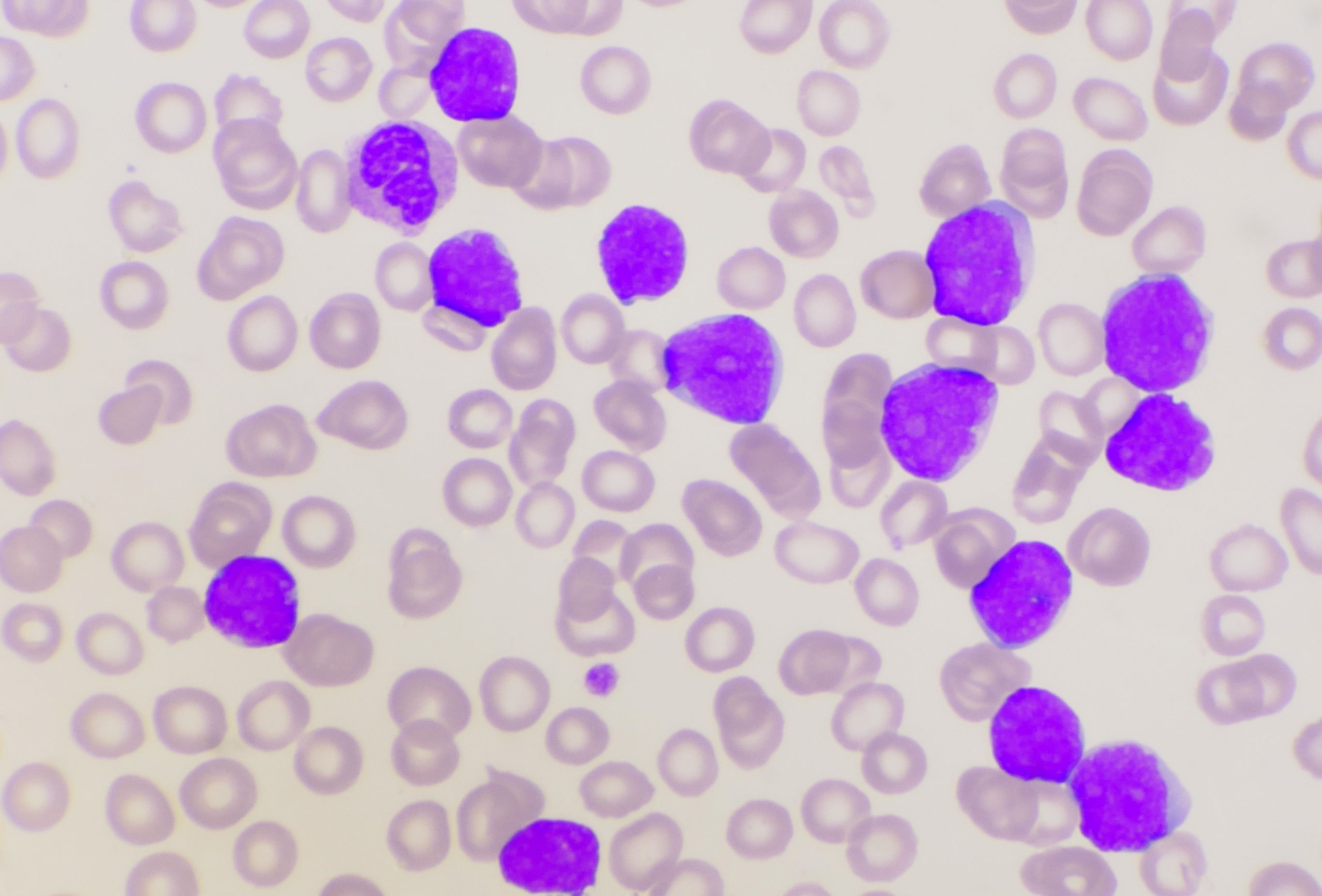
Obesity is associated with lower survival in younger patients with myelodysplastic syndromes (MDS), according to a retrospective study that was published in Hematology.
Researchers queried the Moffitt MDS database to identify patients with MDS and known BMI. Obesity was defined as BMI ≥30. Median overall survival (OS) was determined from the time of diagnosis. MDS risk stratification was determined using the International Prognostic Scoring System at the time of diagnosis; patients were classified as either low/intermediate-1- or intermediate-2/high-risk.
A total of 3,089 patients with MDS and known BMI were identified in the database; 963 patients (31%) were obese. Baseline characteristics did not differ between obese and nonobese patients. Median OS was longer in nonobese patients than obese patients (37 months vs. 34 months; P=0.04). The same was true when comparing nonobese versus obese patients in the low-risk group (57 months vs. 52 months, respectively; P=0.08); in the high-risk cohort, both groups had a median OS of 17 months. Obese patients were more likely to have acute myeloid leukemia transformation than nonobese patients (36% vs. 32%; P=0.009). Response to azacitidine did not differ by obesity status. Multivariate analysis confirmed that BMI impacted OS. Median OS differed significantly between obese versus nonobese patients aged <45 years (25 months vs. 116 months; P=0.034).







 © 2025 Mashup Media, LLC, a Formedics Property. All Rights Reserved.
© 2025 Mashup Media, LLC, a Formedics Property. All Rights Reserved.